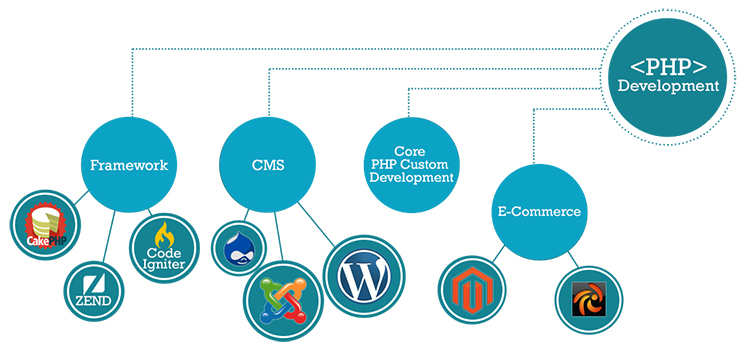“On a single issue, there are different voices that go out,” said Kalra, who heads the largest travel website in India, emphasising the need for internet companies -both Indian and foreign -to build consensus on policy issues, practices and standards.
“Whether under the aegis of Nasscom (the Indian software industry grouping) or IAMAI (Internet and Mobile Association of India) or under a new body , I am agnostic. It’s important all key stakeholders or a majority are represented at the highest level,” he said.
“I am a big believer of level playing field. (But) the reality is in some aspects like two-factor authentication, which is a massive issue in digital payments, companies are actually disadvantaged,” he said. “You want to be proactive and together to respond to laws that can take the industry by surprise.”
Kalra’s comments also come weeks after Ola chief executive Bhavish Aggarwal red-flagged foreign companies, such as Uber, using profits from other markets to grab cab-drivers and consumers in India. Digital wallet MobiKwik’s CEO Bipin Preet Singh echoed the observation for his sector.The most vociferous voice has been that of Flipkart executive chair man Sachin Bansal, who cal led for safeguards against fo reign companies in India.
Kalra’s blueprint entails a single internet association with four or five divi sions under it represen ting travel, retail, finan cial technology and other large online sectors. “For a large industry , it will only be fair to have different verticals,” Kalra said.
Since 2004, IAMAI has served as a business association of nearly 300 companies for policy dialogue with the government on subjects such as net neutrality and proposed goods and services tax. The body,chaired by digital payments firm FreeCharge founder Kunal Shah, comprises groups for e-commerce, online aggregators, digital payments, fin-tech, digital advertising and other segments.
“When we need more specialised groups, we can create a new one,” said Subho Ray , president of IAMAI, adding that the association’s structures are working fine.
Ray agreed with Kalra, though, that internet companies need to build consensus on common practices and macro issues. While IAMAI is the de facto business association, Ray said the industry does need a “think tank” for companies to think beyond their individual interests. IAMAI has been working with the Nasscom Internet, Mobile and Ecommerce Council (NIMEC), active since 2014, on initiatives such as the recent Cash Mukt Bharat Abhiyan helpline to promote literacy on digital payments.
“As far as the government is concerned, Nasscom has been enormously influential,” says Prasanto Roy, head of NIMEC. In September, the council prepared a consultation paper on ecommerce before engaging with NITI Aayog, the government’s policy think tank. Nasscom also provided inputs for the Watal Committee on Digital Payments report that Roy said “has paved the way for digital payments in the post-demonetisation era.”
NIMEC is chaired by Sanjeev Bikhchandani, founder of online classifieds company Info Edge, with Kunal Bahl, executive chairman of online marketplace Snapdeal, as co-chair. It has 28 pure internet companies as members, apart from 60 companies that have internet operations among their other businesses.
But while Nasscom has the heft in policy circles, industry observers question its effectiveness for the internet industry , given its primary purpose of representing India’s IT industry.
Bikhchandani concurs with Kalra that all internet companies have common issues on regulation. “Both multinational and Indian companies need to deal with mostly the same government bodies – sales tax, service tax, income tax, excise, PF , labour offices, etc.,” he said by email.









